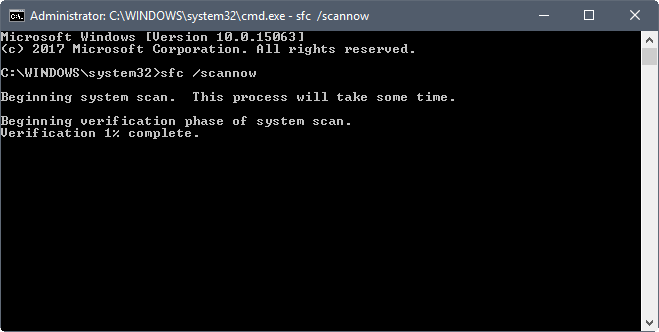

- RECURRING BLUE SCREEN MEMORY MANAGEMENT WINDOWS 10 INSTALL
- RECURRING BLUE SCREEN MEMORY MANAGEMENT WINDOWS 10 DRIVERS
- RECURRING BLUE SCREEN MEMORY MANAGEMENT WINDOWS 10 UPDATE
- RECURRING BLUE SCREEN MEMORY MANAGEMENT WINDOWS 10 DRIVER
You can use Windows inbuilt utility called System File Checker (SFC) to scan and fix damaged system files. The corrupt and damaged system files can cause trouble while using the Windows 10 computer. After installing the update, check if the blue screen error message vanishes or not.
RECURRING BLUE SCREEN MEMORY MANAGEMENT WINDOWS 10 INSTALL
If there are any new updates available, download and install them.
RECURRING BLUE SCREEN MEMORY MANAGEMENT WINDOWS 10 UPDATE
Make sure you are in the Windows Update section and click on the Check for updates button.

Press Windows key + I to open the Settings app and go to Update & Security.
RECURRING BLUE SCREEN MEMORY MANAGEMENT WINDOWS 10 DRIVERS
The drivers are updated with Windows updates, so if the memory management issue is because of outdated drivers, updating the Windows operating system will fix it. You can update Windows to fix the memory management BSOD error. Once you see the report, you can take the required action accordingly. But for the users, who face technical issues and cannot see the Windows Memory Diagnostic tool report can use the way mentioned above. In most cases, you won’t need an Event Viewer to check the report, as you will see as soon as your PC reboots. When you get the search result, click on the General tab to see the Memory Diagnostic report. Type MemoryDiagnostic in the text box next to Find what and click on Find Next. When the System logs open, click on Find in the right pane.

Open Event Viewer by searching for it in the Start menu and then go to Windows Logs ➜ System. However, if you don’t see the result on the restart, you can check for them manually in Event Viewer. When your PC restarts, you will see the results from the Windows Memory Diagnostic tool on your screen. In the Windows Memory Diagnostics tool window, select ‘Restart now and check for problems.’ Make sure the files and applications are closed on your computer before you restart. Type Windows Memory Diagnostic in the Start menu and open the same from the search results. It will check for the problem and not fix it, so once you know the root cause of the memory management error, you can take action accordingly. You can run Windows Memory Diagnostic tool to check for RAM-related issues on your computer. If you can normally log in to your PC and just experience the memory management error in between, you can perform the below fixes in normal mode. Safe mode starts with limited drivers, processes, and software, which will help you surpass the blue screen error. If you cannot log in to your system because of a stop code error, you can enter safe mode to perform the solutions. You can go through the below-mentioned solutions one by one and check what works for you.
RECURRING BLUE SCREEN MEMORY MANAGEMENT WINDOWS 10 DRIVER


 0 kommentar(er)
0 kommentar(er)
